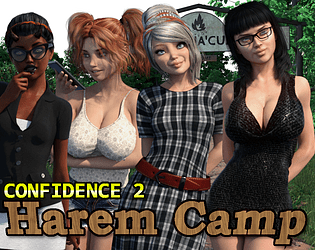The 1970s were a period of significant change for Marvel Comics. While the era saw the introduction of memorable characters and storylines like "The Night Gwen Stacy Died" and Doctor Strange's encounter with God, the 1980s marked a true golden age, with many of Marvel's greatest creators delivering landmark runs on their most popular titles. This era witnessed the rise of Frank Miller's Daredevil, John Byrne's Fantastic Four, David Michelinie's Iron Man, and the peak of Chris Claremont's X-Men, alongside the imminent arrival of Roger Stern's Amazing Spider-Man and Walt Simonson's Thor. These creators significantly shaped the enduring legacy of these iconic characters.
Considering Marvel's history, the 1980s arguably represent the company's true golden age. Join us for Part 7 of our exploration of essential Marvel comics!
More Essential Marvel
1961-1963 - The Birth of a Universe
1964-1965 - The Sentinels Are Born and Cap Dethaws
1966-1969 - How Galactus Changed Marvel Forever
1970-1973 - The Night Gwen Stacy Died
1974-1976 - The Punisher Begins His War on Crime
1977-1979 - Star Wars Saves Marvel From Bankruptcy
The Dark Phoenix Saga and Other All-Time X-Men Stories
Chris Claremont's transformative run on X-Men, beginning in 1975, produced some of its greatest stories in the early 1980s. The Dark Phoenix Saga (X-Men #129-137) stands as arguably the most famous X-Men story, depicting Jean Grey's corruption by the cosmic entity, turning her into the Dark Phoenix and a formidable foe. This epic space opera, co-plotted and penciled by John Byrne, introduced Kitty Pryde (Shadowcat), Emma Frost, and Dazzler. Jean Grey's sacrifice, though heartbreaking, remains a pivotal moment, even with her eventual return. While film adaptations haven't always captured its essence, the saga has been more successfully rendered in animated series like X-Men: The Animated Series and Wolverine & the X-Men.
AnswerSee ResultsFollowing closely, Days of Future Past (X-Men #141-142) features the Sentinels, first introduced by Stan Lee and Jack Kirby in 1965. This story showcases an adult Kitty Pryde traveling back in time to prevent an event leading to a dystopian future ruled by Sentinels. Adapted into the 2014 film X-Men: Days of Future Past and a Wolverine & the X-Men season arc, its impact resonates.
X-Men #150 reveals Magneto's backstory as a Holocaust survivor, a pivotal moment shaping his character development and moral ambiguity.
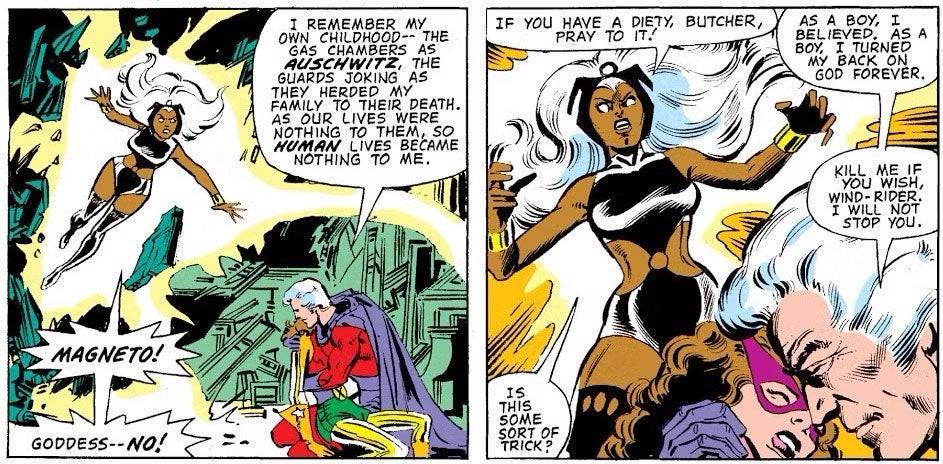
The First Appearances of Rogue, She-Hulk, and the New Mutants
The 1980s also introduced major Marvel characters, including several notable female heroes. Rogue, initially a villain in Avengers Annual #10, debuted as a member of Mystique's Brotherhood, absorbing Carol Danvers' powers. This issue also highlights Carol's confrontation with the Avengers for their inaction regarding her previous trauma.
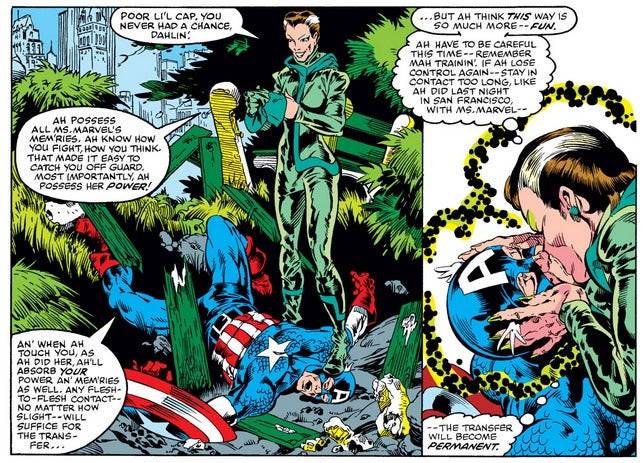
Savage She-Hulk #1 introduced Jennifer Walters, She-Hulk, co-created by Stan Lee. While her first solo series wasn't highly acclaimed, her later appearances with the Avengers and Fantastic Four solidified her character. Tatiana Maslany portrayed her in the MCU series.
The New Mutants, debuting in Marvel Graphic Novel #4, launched their own series. This team of teenage mutants, including Cannonball, Sunspot, Karma, Wolfsbane, and Dani Moonstar (Mirage), with the later addition of Magik, had many significant storylines during their tenure.
Iconic Storylines for Daredevil, Iron Man, and Captain America
Daredevil #168 marks the beginning of Frank Miller's defining run, introducing Elektra and a gritty reinvention of Daredevil's mythology. Miller's two-year saga introduced Kingpin as a major nemesis, incorporated the blind sensei Stick, and featured the iconic death of Elektra in #181 (though resurrected later). This run heavily influenced the 2003 film and the 2015 Netflix series.
David Michelinie and Bob Layton's Iron Man #149-150, "Doomquest," depicts Iron Man's first solo battle with Doctor Doom, sending them to Arthurian times. This arc solidified Doom's place in Iron Man's rogues gallery.
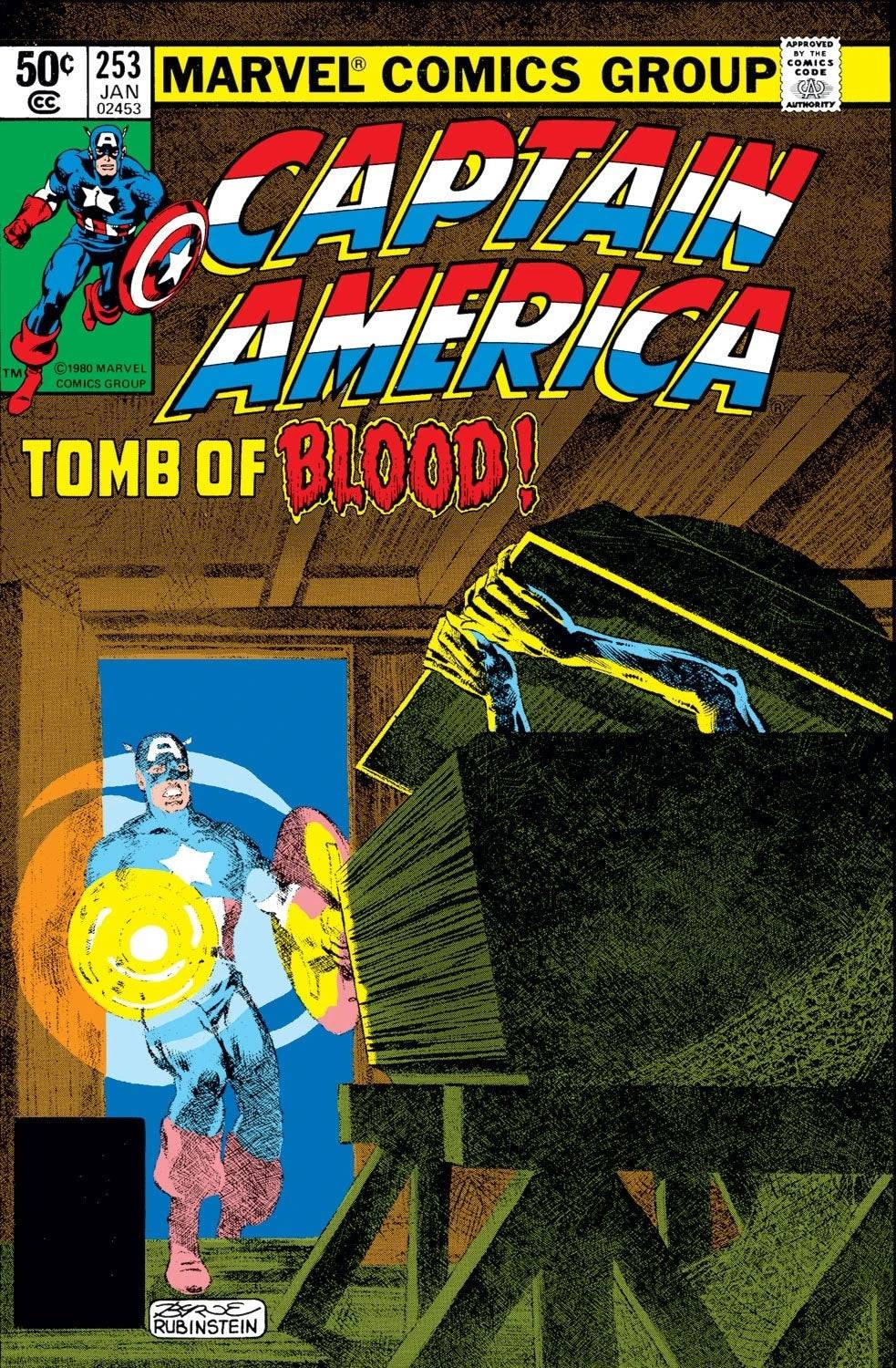
Captain America's confrontation with Baron Blood in Captain America #253-254, from Roger Stern and John Byrne, is a darker tale exploring Cap's WWII past.
Moon Knight Becomes a Hero and Marvel Helps Create the G.I. Joe Mythology
Moon Knight #1, while not his first appearance (Werewolf by Night #32), firmly established Moon Knight as a heroic figure, developing his backstory and introducing his alternate personalities.
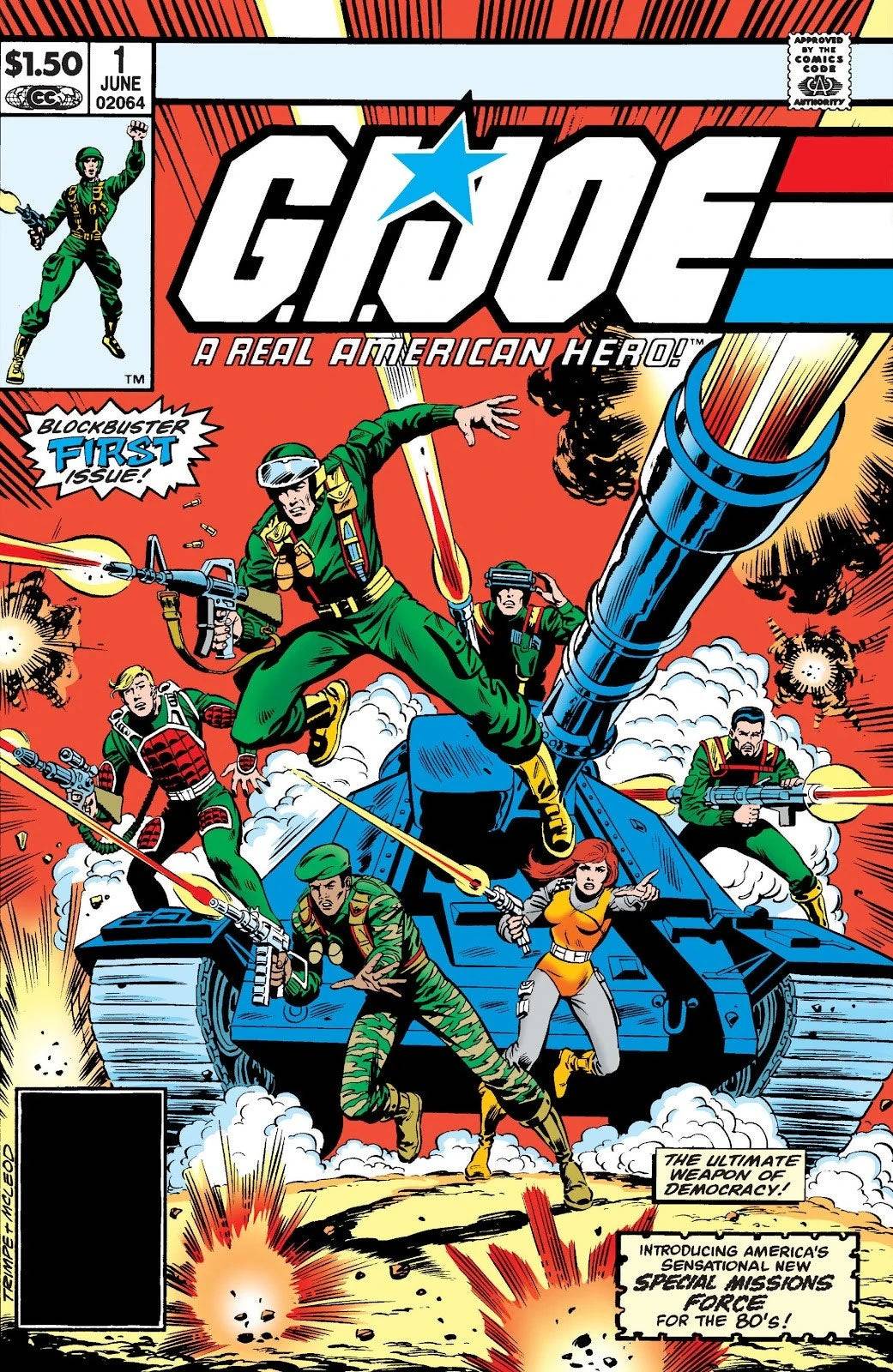
G.I. Joe #1, though not a Marvel-owned property, owes its creation to Marvel. Marvel editor Archie Goodwin conceived Cobra, and Larry Hama developed most of the character roster, creating iconic figures. Hama's work made G.I. Joe a popular title, particularly among female readers due to the equitable portrayal of female characters.





